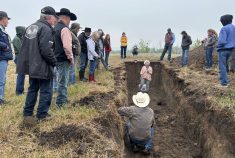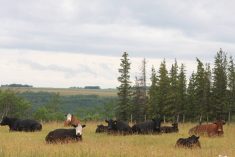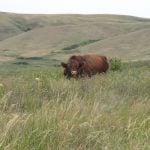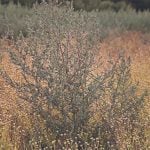Foot-and-mouth disease has been a nagging worry for many in our beef industry. The proposed Canadian vaccine bank is regularly on the agenda at industry conferences and the animal health committee meeting during the Canadian Cattle Association AGM (and will likely be again next month in Ottawa). The prospect of a foot-and-mouth outbreak in this country wears on some people — you can tell from the worry in their voices and eyes as they talk about it in hallways or even in the hospitality suite. You can’t blame them — it’s extremely contagious, able to spread by many means, including by air, food, straw or hay, as well as the soles of our shoes. It has the potential to cost the industry billions.
Over 70 years ago, this country suffered a foot-and-mouth outbreak near Regina, Sask. Our former editor, Gren Winslow, pulled some of our archived articles documenting that ordeal and ran them in the Our History column, which is invaluable for those of us who want to see how it unfolded.
The outbreak began late in 1951, but it wasn’t reported until February 1952.
Read Also
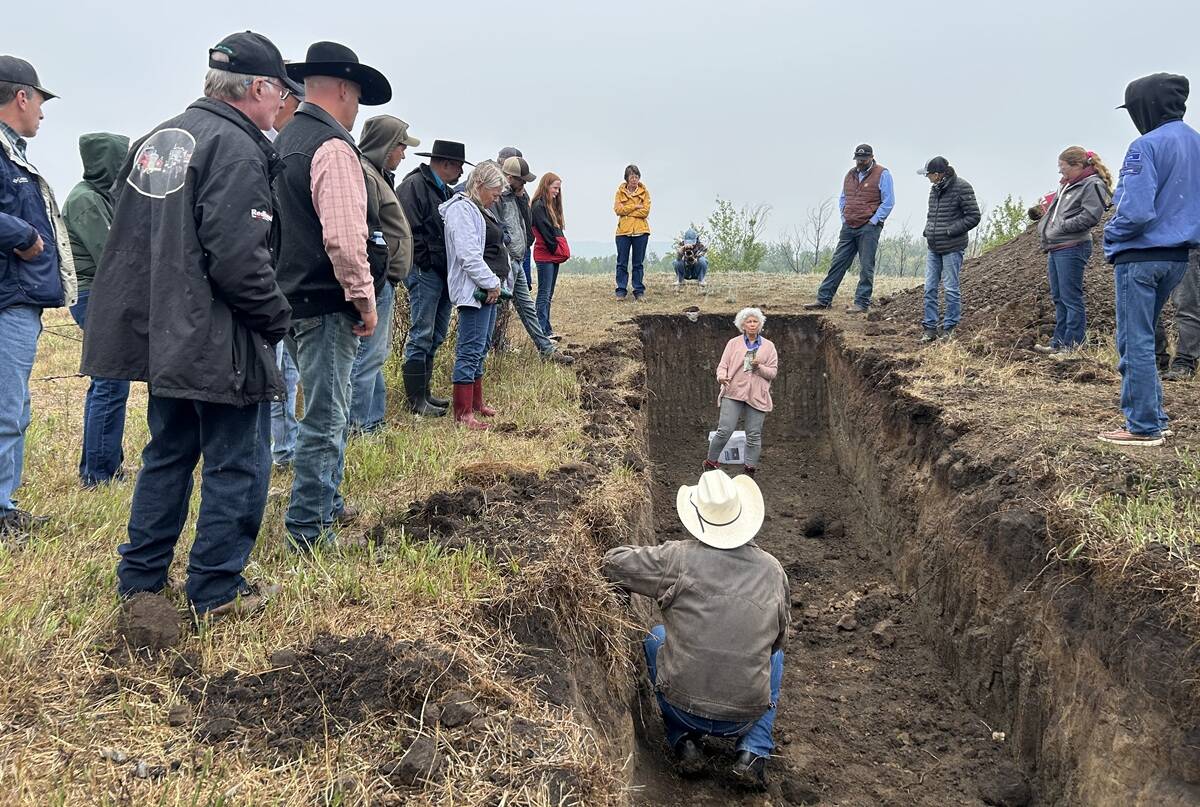
Improving soil health on the ranch
Yamily Zavala, PhD, talks soil health for farmers and ranchers at a grazing club field day at Paradise Hill, Saskatchewan.
“In Saskatchewan, the disease appeared first in a very mild, atypical form, simulating simple vesticular stomatitis, which is a completely innocuous condition though highly infectious, and has appeared in Saskatchewan heretofore, ran its course and disappeared without causing any serious effects,” Dr. T. Childs, the veterinary director general of Canada, wrote in the April 1952 issue of Canadian Cattlemen. He goes on to explain that vesticular stomatitis had likely been present in some of the early cases. The disease seemed to subside, before re-emerging in the area. Again, cases remained mild and atypical at first, but by early February, symptoms had worsened and some animals had developed lesions, setting off alarm bells.
On February 17, Childs flew out to Regina, and soon concluded they were dealing with foot-and-mouth. He immediately set up a closed quarantine in the area and sent a telegram to Ottawa. By February 18, the test animals exposed to the diseased samples were developing foot-and-mouth symptoms. Test animals inoculated against the disease on February 18 didn’t develop it. By February 19, an order-in-council made the quarantine official. The quarantine encompassed 11 rural municipalities, as well as Regina.
Childs was unsure at first of how the pathogen had been introduced, but had already ruled out imported livestock when he penned the article in March 1952. Foot-and-mouth was present in Europe at that time, and eventually it was concluded that a German man had carried it from an infected farm he had been working on in his homeland. It’s thought to have spread from his clothing, and also possibly from a contaminated sausage he dropped into a pig trough on a dairy farm near Regina.
In addition to notifying Ottawa and setting up the closed quarantine zone and buffer areas, Childs also:
- Notified his counterpart in Washington, D.C. The U.S. sent its foot-and-mouth specialist, Dr. Shahan, to help with diagnostics and control. The Americans had dealt with several outbreaks in their own country and had recently helped Mexico vaccinate livestock to contain a foot-and-mouth outbreak that moved from Brazil into Mexico (as detailed in the October 1950 issue).
- Had burial pits dug to destroy diseased and exposed animals.
- Implemented modified quarantines of feedlots and stockyards at Moose Jaw, Saskatoon, Prince Albert, Sask. as well as Winnipeg and St. Boniface, Man. Animals were admitted, but not allowed out.
- Started tracing and inspecting all susceptible animals that had left the affected area.
- Set up disinfection facilities.
- Prepared to deal with possible infected meat from packers.
By March 17, thousands of animals exposed, or suspected of being exposed, had been killed and buried deep in lime, including 1,069 cattle, 129 swine, 97 sheep, one goat 1,610 poultry and two horses (used as test animals). Thousands of eggs were also destroyed.
From there, the outbreak was in hand fairly quickly, and confined to Saskatchewan, but it unleashed marketing chaos. The May 1952 issue noted that the lost value of livestock and eradication costs totalled less than half a million dollars. But the costs to the Canadian ag economy were much, much higher.
“Canadian agriculture, almost overnight, suffered a disappearance of livestock values to the extent of over a billion dollars. Some estimates which include the reduction of capital values of ranches and farms run as high as two billion. These are staggering figures, exceeding as they do the total market value of the Canadian Pacific Railway — the world’s greatest transportation system — and roughly twice the value of the entire agriculture production of Alberta’s 90,000 farm families in 1952, a bumper year.”
A billion dollars in 1952 for an outbreak that was contained to part of Saskatchewan is nothing to sneeze at. It is worth thinking about what our governments and industry are doing now to minimize the risk of a future outbreak, given how widespread this disease remains globally. More on that in the March issue.
While researching this column, I was reminded that Canadian Cattlemen will be celebrating its 85th birthday this June. I’m very happy to be at the helm as we reach this milestone. It’s interesting to think about what has changed, and what has remained constant over the years, and I’d welcome your thoughts. Readers can contact me with ideas, comments, criticism and questions at 306-450-6359 or [email protected].




